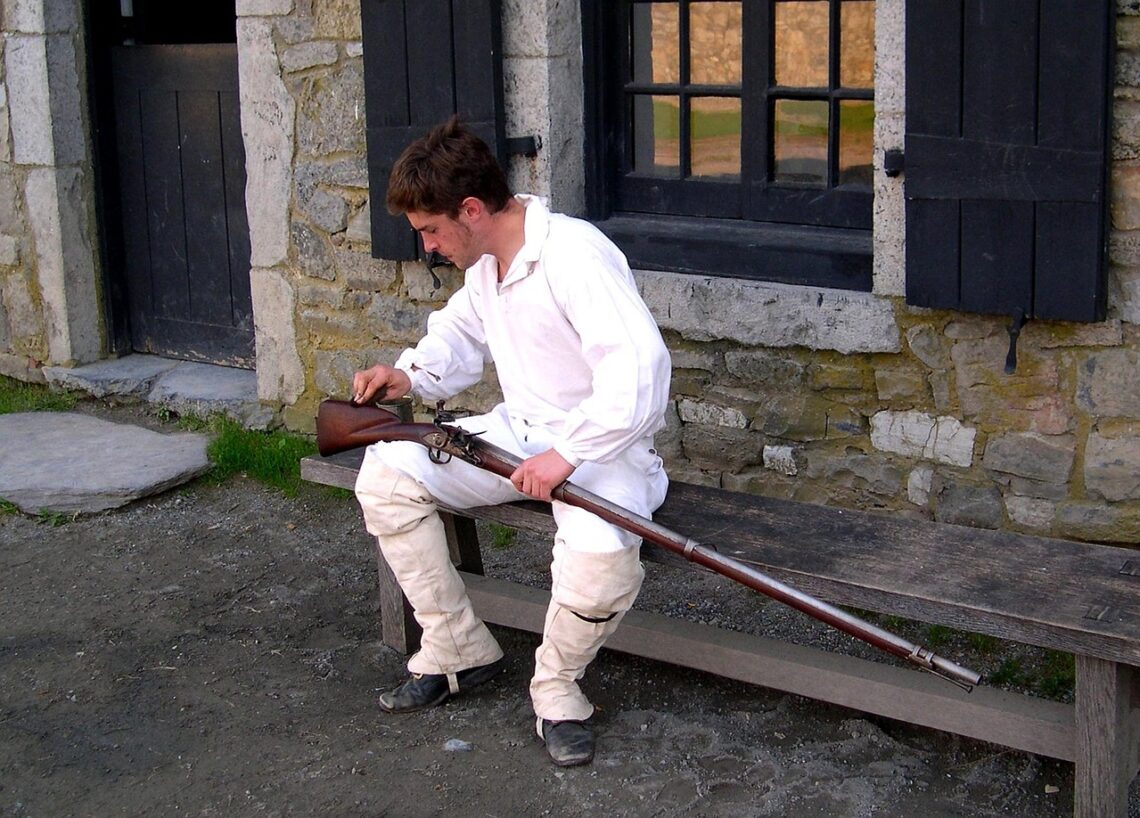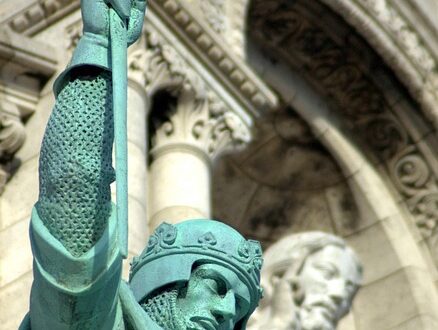A rebellion was brewing in North Carolina in the 1760s; deeply ingrained social and economic differences have led to sectionalism in North Carolina. The eastern part of the state was composed of rich, fertile farmlands. As such, the farmers reaped bountifully and made considerable profits. However, the westerners lived in the mountainous part of the state, and farming took a lot of work, making it incredibly challenging for the local farmers to make money. These socioeconomic differences led to a distinction between the different parts of the state.
Moreover, the easterners benefitted immensely from the colonial government, unlike people from the western part of the state. Despite the apparent land differences, the government levied the same taxation rate on both regions. Furthermore, the whole state had many corrupt and dishonest government officials. The East controlled the Colonial government, and the royal Governor dominated county governments due to his power to appoint local officers. These different circumstances irritated people living in the western portion of the state. They led to the creation of an association known as the Regulators. The aim is to reestablish law and order and reform the government, ridding it of corruption. The locals were fed up with the level of corruption in government and started having peaceful demonstrations to effect governmental changes. The regulator movement was organized to bring about law and order and reestablish local government. With help from local farmers, the leading planters established an association to bring order to backcountry affairs. The Westerners were subjected to excessive taxes and exorbitant fees and often dealt with dishonest officials. This movement in Western Northern Carolina protested the greedy and corrupt practices of the court officials. This movement was prevalent in Granville, Orange, Anson, and Halifax counties.
The Regulator Movement gained prominence with public protests in Orange, Granville, and Anson counties against the tax collectors, sheriffs, judges, court clerks, etc. Arthur Dobbs, the royal Governor at the time, attempted to crush the movement by issuing a proclamation cautioning government officials against illegal fees. Nevertheless, these corrupt officials ignored this warning.
A new governor, William Tryon, came to power later in 1765. Tyron immediately draws the ire of the Regulators because he exemplifies the same level of corruption that the Regulators were fighting against. Tyron built a new large house and office using public money. To make their interest known, members of the Regulators refused to pay fees and taxes, interfered with court proceedings, and punished officials. In the backcountry, Herman Husband, a Quaker farmer, emerged as the primary speaker of the oppressed farmers. He suggested measures for bringing relief, but his Quaker faith stopped him from resorting to violence. However, Governor Tryon had no sympathy for Husband’s cause and only wanted to suppress the movement. Efforts to reform the assessment of fees and taxes were largely unsuccessful; the assembly and courts supported the causes of the prosperous region.
A significant problem with Husband’s campaign was that he tried to establish good relations with the eastern regions of North Carolina, which were typically unaffected by local sheriffs. He had little control over members of the Regulators who generally went against his non-violence policies and committed acts of minor violence at regular intervals.
Until the year 1770, the protests were generally peaceful. Although there were threats from the Regulators, they barely ever acted upon those threats. Things later changed as members of the Regulator broke into the house of official Edmund Fanning, a corrupt official of Orange County. The Regulators dragged him down the stairs of his home. They also broke into the homes of other officials. The colony’s militia finally defeated the regulators in what became known as the Battle of Alamance. Governor Tryon and about 1,000 troops, including 150 officers, arrived at Hillsborough. At about the same time, General Hugh Waddell, a staunch supporter of the Governor, was on his way to meet the Governor with a contingent of 236 men. A large contingent of Regulators met His force, and he returned to Salisbury as his forces were outnumbered.
Once Tryon heard about the retreat, he sent troops to support General Waddell. In a deliberate attempt, he chose a path that would directly lead his forces through Regulator territory. The troops camped at Alamance. He left about 70 men to guide the position and moved the remainder of his force to search for the Regulators. A large contingent of Regulators met the troops. The strategy was to scare the Governor with their numbers and probably force him to give in to their demand. The War started when rogue Regulators apprehended two of the Governor’s militia soldiers. The Governor warned the Regulators that they were displaying open arms and that he would take action against them if the troops did not disband. The Regulators ignored the warning.
Allegedly, Governor Tryon initiated the primary battle of Alamance by shooting Robert Thompson. After a quick fight, the Regulators resistance broke. The regulators lost ten men, almost the same number of deaths as the Governor’s forces. As part of the deal with the crown, the captured Regulators were granted full pardons in exchange for their loyalty. However, seven leaders of the Regulators were executed for their role in the rebellion.
After the battle, Tryon’s militia army rummaged through the Regulator territory, destroying the properties of the most active Regulators and ensuring that they signed loyalty oaths. Other trials resulted in the execution of six Regulators at Hillsborough on June 19, 1771. Many Regulators seek refuge in other places, such as Tennessee, notably creating the Watauga Association at Sycamore Shoals. Others remained in hiding until 1772 when they were no longer considered fugitives. The War of the Regulators was waged against corrupt government officials and is often considered a facilitator of the American Revolutionary War.





